
What Memory Card Should I Buy?
Capture and save your travel memories with the right memory card. Learn how to choose the best one for your camera or smartphone.


Drones have revolutionised how we capture the world around us, offering a bird’s-eye view of landscapes. They allow us to capture moments that were once out of reach. Their surge in popularity among travellers, photographers, and videographers comes with a responsibility: to fly responsibly and respectfully and understand drone etiquette. However, their increasing popularity has led to concerns, especially when drones are operated irresponsibly. Inexperienced or reckless drone pilots can create hazards, especially near airports, crowded places, and natural settings where wildlife might be disturbed.
Here, we delve into drone etiquette, a guide to ensure harmony in the skies and on the ground.
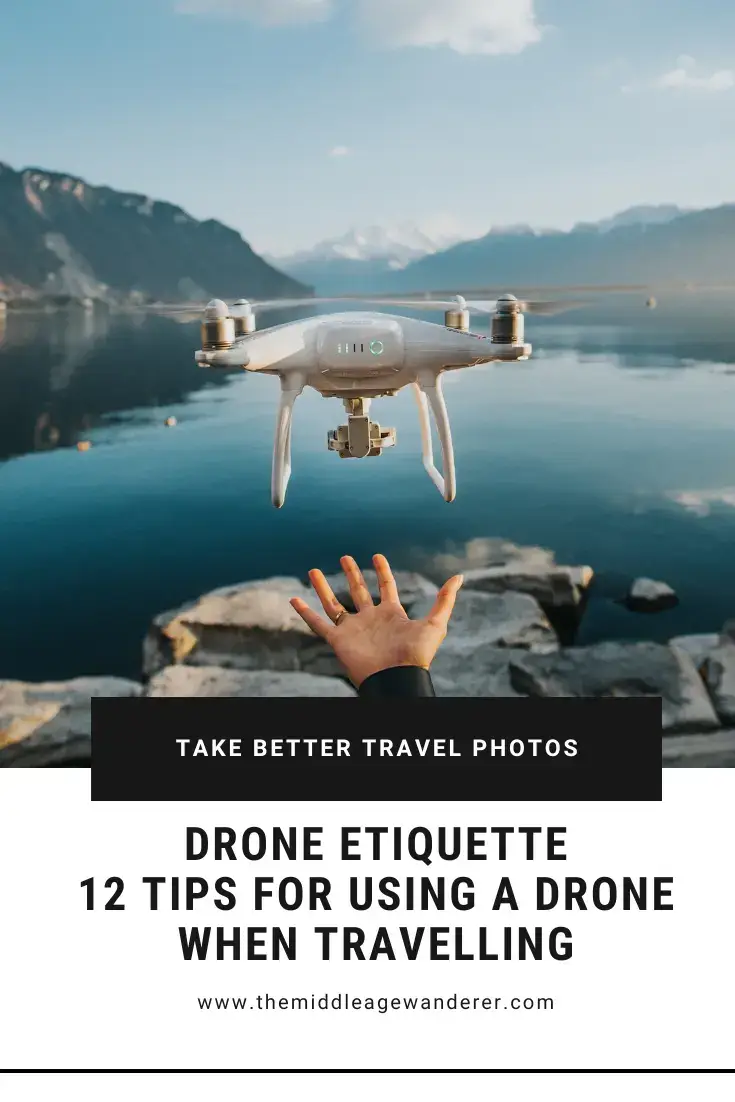
If you are looking at buying a drone, here are my 10 Things to Consider Before Buying a Drone for Travel.
Before you even consider packing your drone, delve deep into the drone regulations of your destination. Drone laws vary widely across countries and even cities, with restrictions on where you can fly, how high, and when. Some areas may require permits or have outright bans to protect privacy, wildlife, and national security.
For instance, flying near airports, military bases, or government buildings is typically prohibited. Some countries may require registering your drone and obtaining a permit before use. Additionally, some destinations might have seasonal restrictions or restrictions on specific locations. For example, we obtained a permit to fly our drone over the Nine Arch Bridge in Sri Lanka. However, our permit specifically stated that we could not fly underneath the bridge due to the possible provocation of wasps.
The website of the country’s aviation authority is a good starting point for understanding local drone regulations.
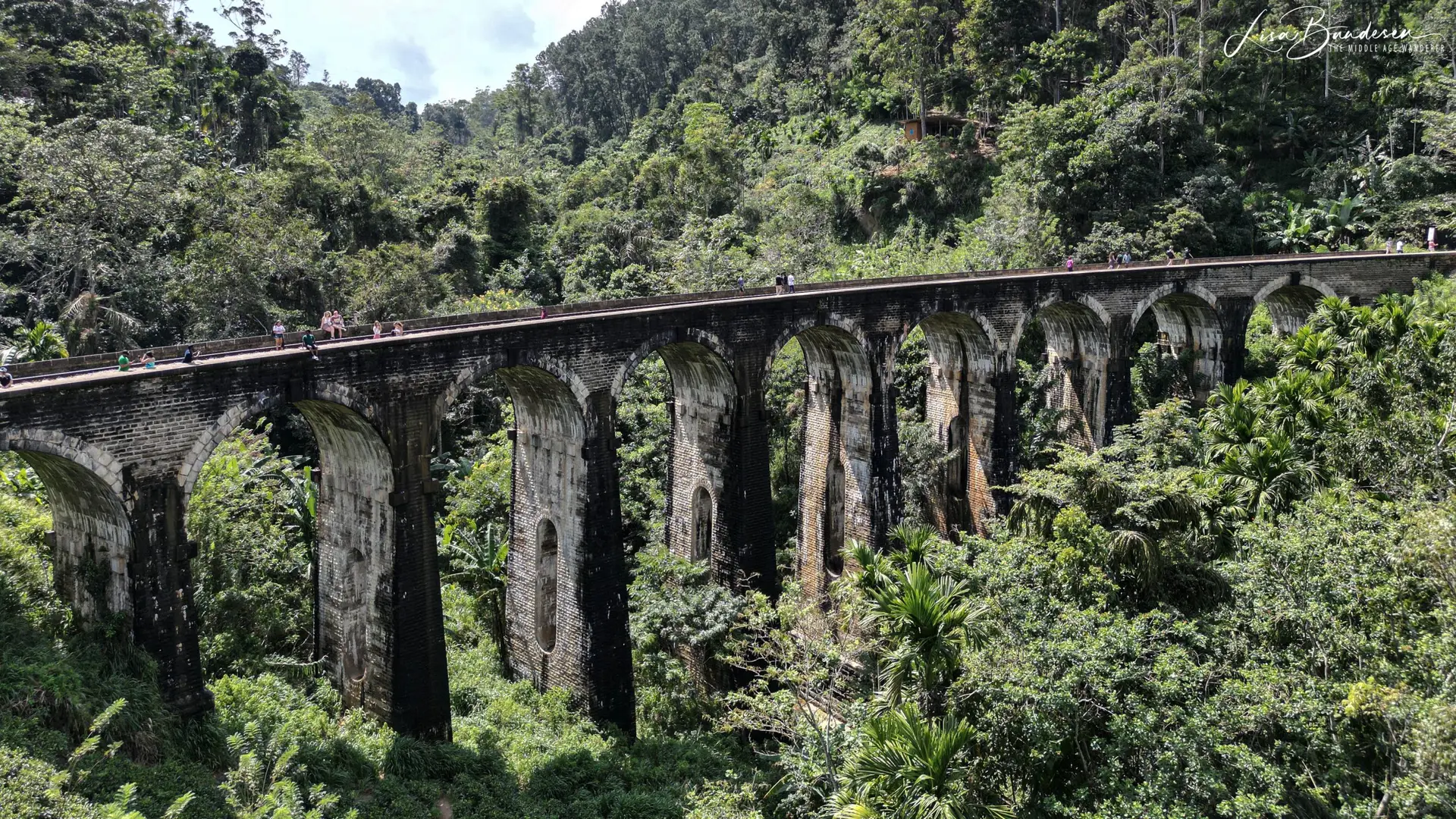
Privacy is a significant concern when it comes to drone flying. Avoid flying over private properties or close to people without their permission. In some cultures, the presence of a drone can be seen as intrusive or disrespectful. Always consider local norms and expectations, and when in doubt, seek consent. For instance, in many countries, privacy laws are stringent, and violating them can result in hefty fines or legal action.
For example, we specifically did not apply for permission to fly our drone in Maldives due to the lengthy process for approval. But this unfortunately did not seem to bother other people staying at the same resort as us. On two separate occasions, guests staying in the overwater bungalows on either side of us decided it was appropriate to fly their drones over our bungalow. On each occasion they had the camera pointing towards us while we were in our pool. Our resort also had strict rules regarding flying drones. I had been in contact with the resort about it prior to leaving for our trip.
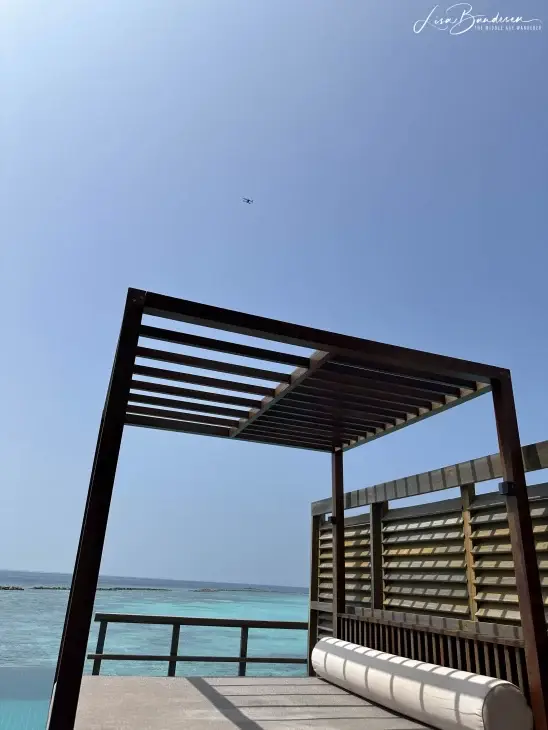
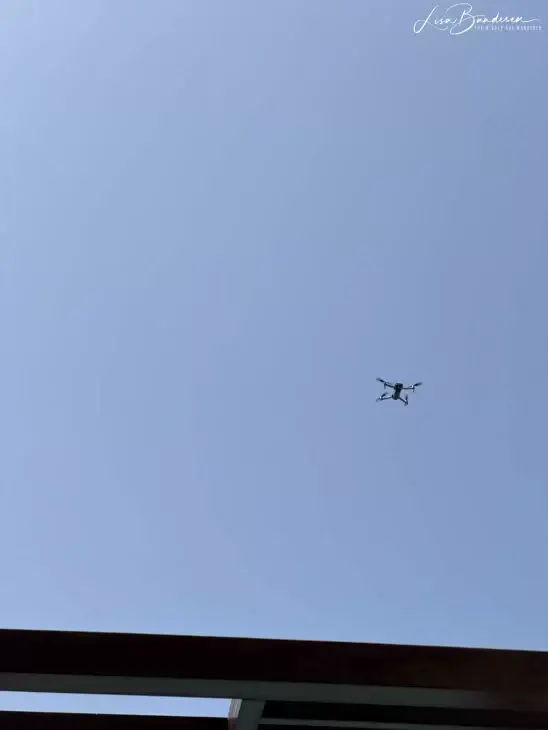
Nature’s tranquillity and wildlife are treasures that deserve our utmost respect. Drones can be particularly disruptive to animals, causing stress or even harm and can alter natural behaviours.
Avoid flying near animals, especially during sensitive times such as nesting or mating seasons. In some regions, there are strict penalties for disturbing wildlife with drones. Always keep a safe distance and use your drone’s zoom function rather than flying too close.
National parks and protected areas often have specific guidelines or prohibitions on drone use to protect these natural wonders.
Always practice safe flying techniques, especially if you’re new to using drones. Spend time honing your skills in open, unpopulated areas before flying in more challenging environments. Understand your drone’s capabilities and limitations, and never fly in adverse weather conditions like strong winds or heavy rain. Always perform a pre-flight check of your drone to ensure it’s in good working condition and that the weather conditions are safe for flying. The safety of others and yourself should always be a priority. Never fly your drone in a way that could endanger people or other aircraft.
Drones can be noisy, disrupting the peace of natural settings or annoying residents and tourists. If possible, choose a quieter drone model and fly it during times when it’s less likely to disturb others. Always consider the tranquillity of the environment you’re in.
For safety reasons, many countries require drone operators to keep their drones within visual line of sight. This means you should always be able to see your drone with the naked eye. Maintaining visual contact helps prevent accidents with other aircraft. It ensures you are aware of your drone’s surroundings at all times. Using a spotter can also be beneficial, especially in crowded or complex environments.
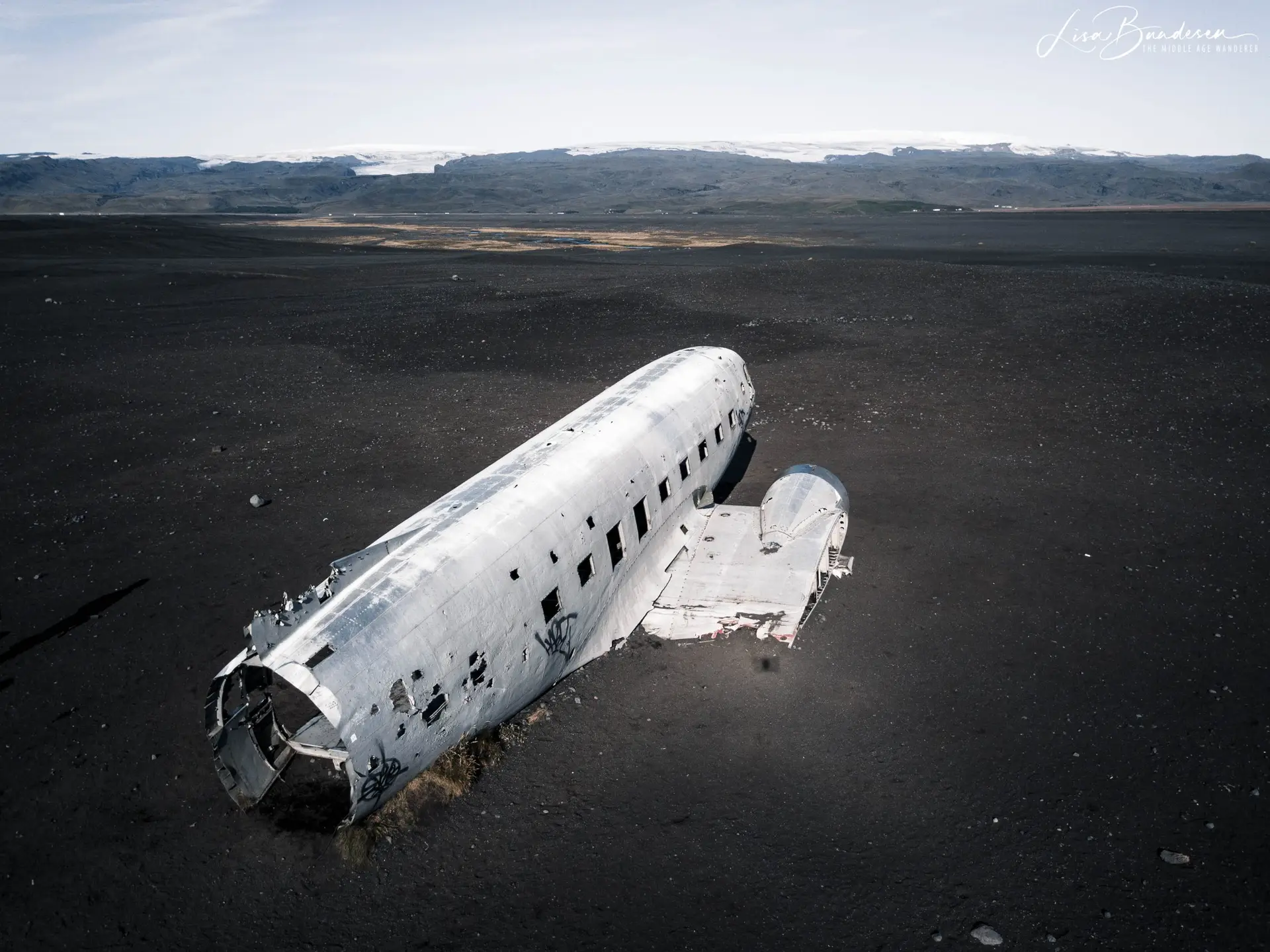
In popular tourist spots, you might encounter other drone pilots. Operating your drone safely, among others, requires communication and coordination. Be aware of your surroundings including other drones and manned aircraft in the area. Coordinating and communicating with other drone pilots can help prevent accidents and provide a positive experience for everyone involved. If there are a lot of drones flying in an area, it might be easier to return at a different time.
In our quest to capture the perfect shot, we must remember that drones can be perceived differently across cultures. Sacred sites, military areas, and particular public gatherings may be off-limits due to cultural sensitivities or legal restrictions.
Always check for signs and adhere to local guidelines to ensure your drone activity does not harm natural or cultural heritage.
Always have a plan for unexpected situations, such as your drone malfunctioning or losing its GPS signal. Knowing how to manually control your drone back to safety is crucial and can prevent accidents. Ensure you have the necessary tools and spare parts for quick repairs. Familiarise yourself with the drone’s return-to-home function and keep the firmware updated to minimise risks.
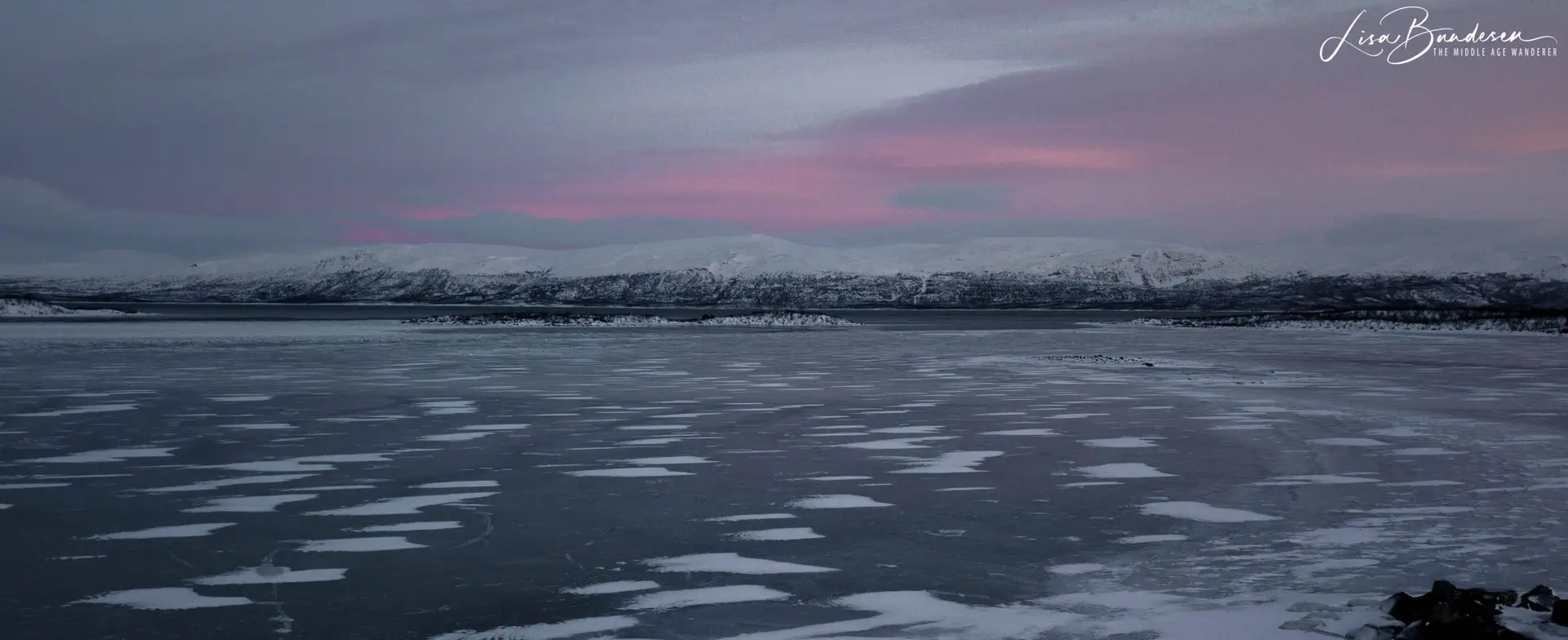
Before taking to the skies, spend some time planning your flight path. This preparation helps you capture the footage you desire more efficiently and minimises the risk of flying into restricted or sensitive areas. Use maps and drone flight planning apps to identify potential hazards, no-fly zones, and points of interest. This proactive approach can help avoid disruptions and ensure a smoother flying experience.
Look for apps that offer real-time updates on weather conditions and temporary flight restrictions (TFRs) so you can adjust your flight plan as needed.
As a drone operator, you represent the broader community of drone enthusiasts. Strive to leave a positive impression by following the law and practising courtesy and respect. Share your knowledge and experiences with fellow travellers to promote responsible drone use and foster a community of respectful drone pilots. If you notice onlookers showing interest in your activity, take the opportunity to engage with them. Share what you’re doing, the capabilities of your drone, and how you ensure your flying is safe and respectful. This helps demystify drone technology for the public and promotes a positive image of drone enthusiasts as responsible and considerate pilots.
We carry business cards which includes our social media information to share with interested onlookers. This will allow them to see the final footage and learn more about drone flying.
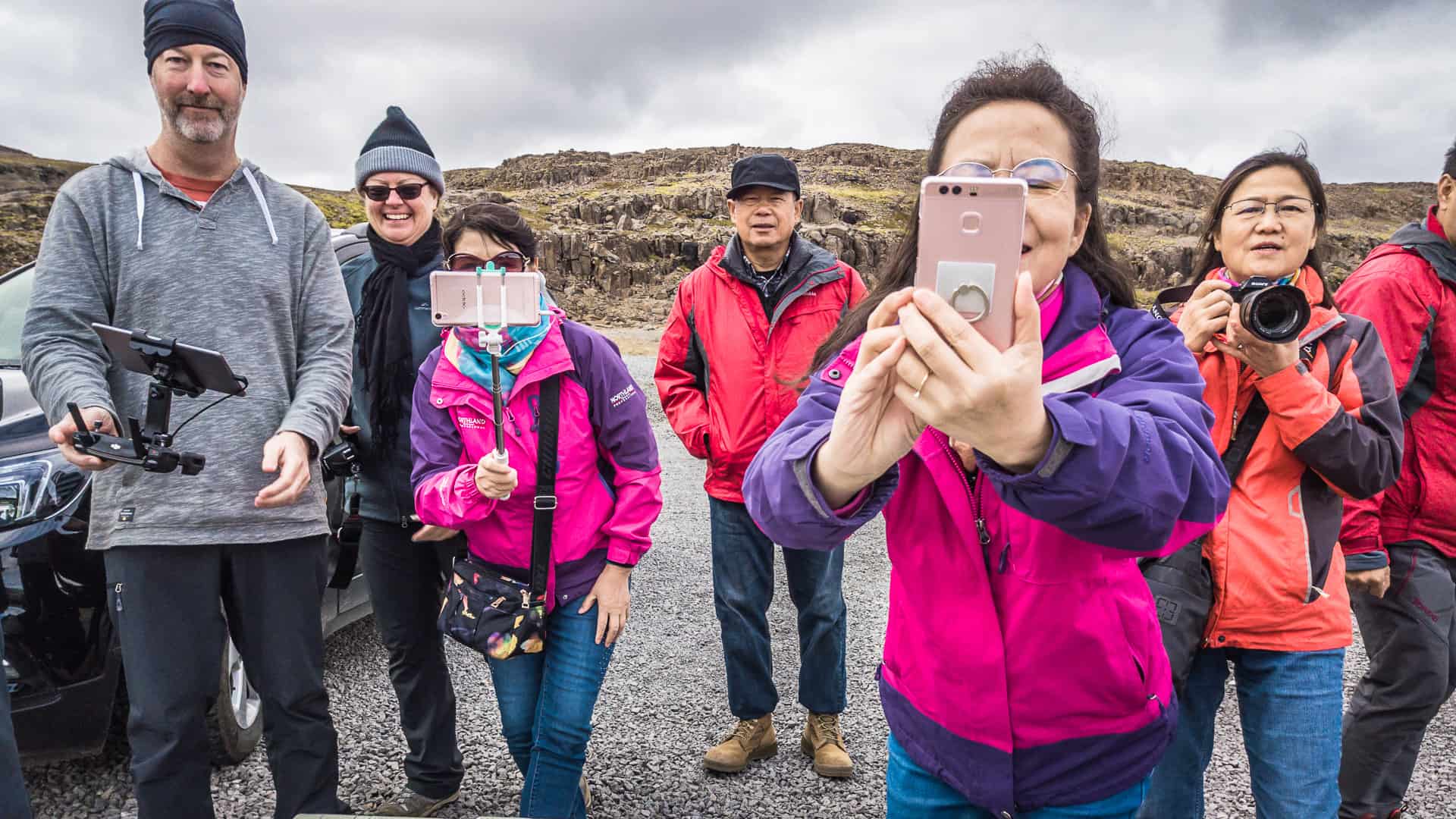
The world of drones is rapidly evolving, with new technologies, regulations, and best practices emerging regularly. Commit to being a lifelong learner in the field of drone piloting. Stay informed about drone advancements, participate in forums, attend workshops, and seek training opportunities. This commitment enhances your skills and knowledge and helps ensure that your drone flying practices remain safe, legal, and respectful of others.
Join drone piloting groups, especially those focusing on advanced flight techniques, safety practices, and ethical drone use.
As drone technology advances and their use becomes even more widespread, the importance of flying with etiquette and respect grows. Each pilot’s actions impact the perception and regulations of drone use globally. By following these guidelines, we can ensure that drones continue to be valuable tools for exploration, storytelling, and understanding our world from a new perspective.
Drone flying offers an unparalleled way to explore and document the beauty of our planet. However, with this remarkable technology comes the responsibility to fly considerately and ethically. By following drone flying etiquette, we contribute to a culture of respect and responsibility that ensures the skies remain friendly for everyone. Whether you’re a seasoned pilot or new to the drone world, remember that your actions define the future of drone exploration. Let’s fly responsibly, respecting the laws, nature, and each other, as we capture the world from above.

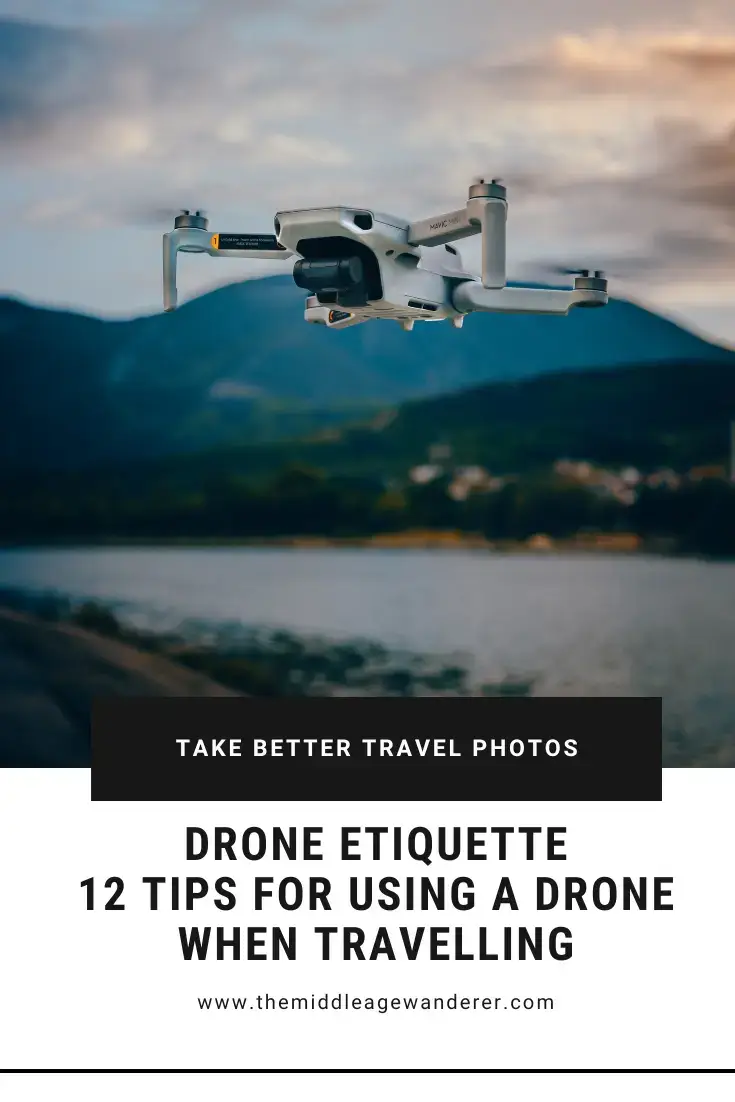
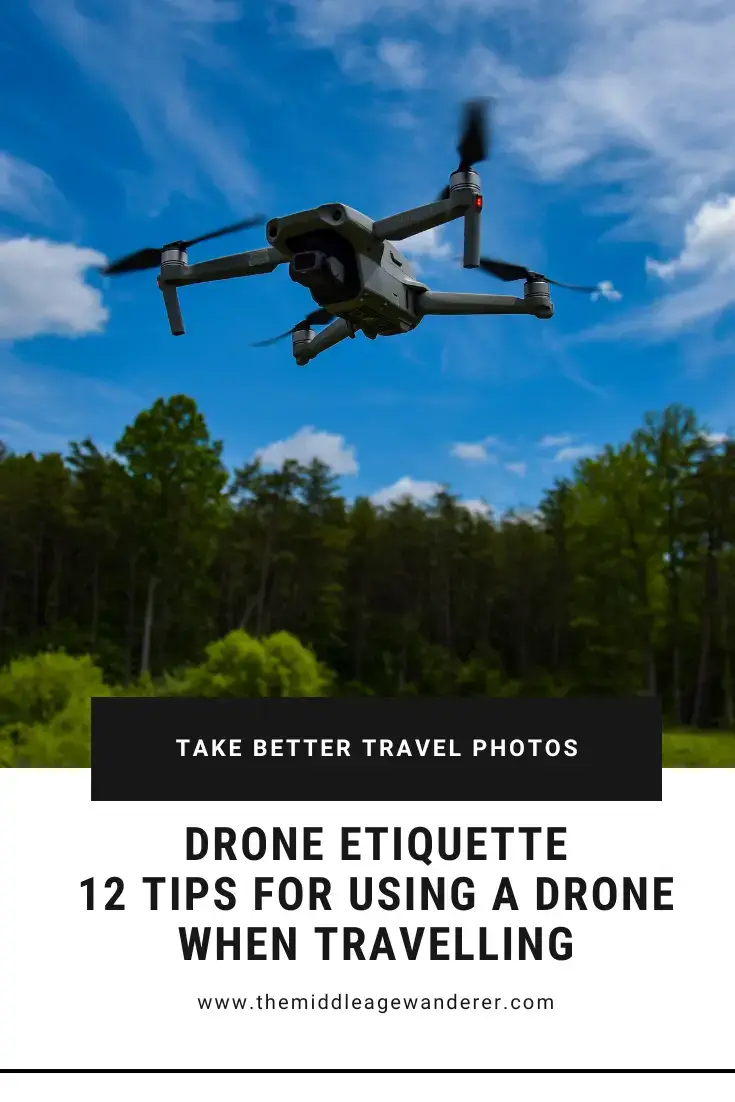

Capture and save your travel memories with the right memory card. Learn how to choose the best one for your camera or smartphone.

Planning to fly a drone in Sri Lanka? Find out everything you need to know about the regulations and approval process you need to follow.

Discover essential drone etiquette tips to ensure respectful and responsible flying, enhancing your travel experiences without disrupting the environment or local communities.
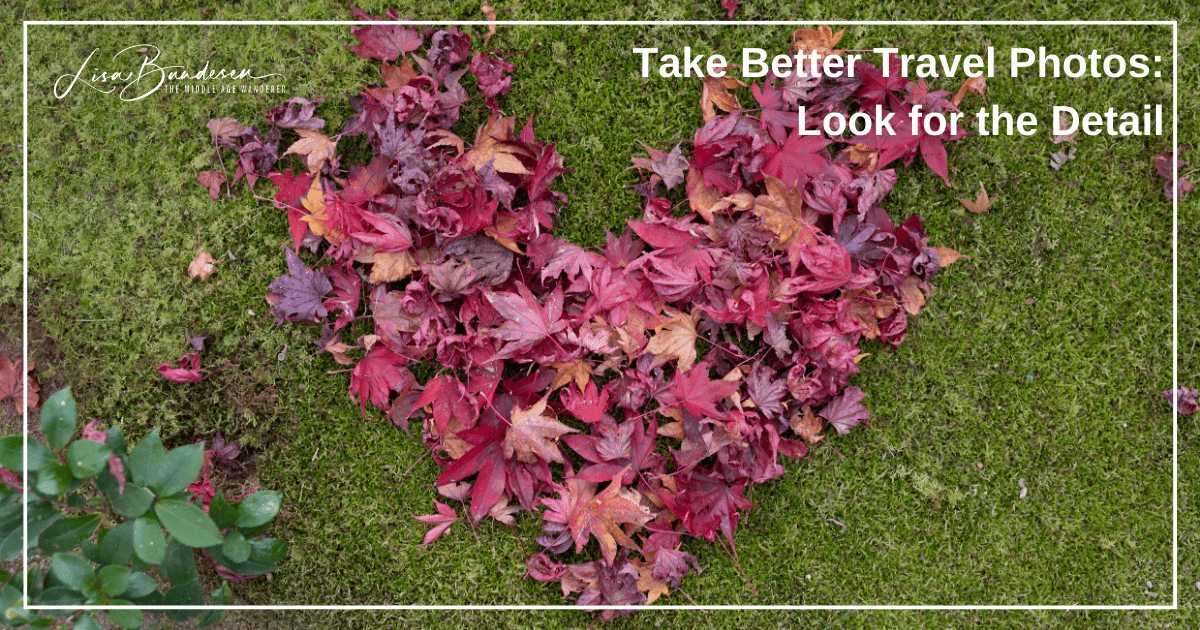
We all take quick snaps when we travel, but taking a bit of extra time to look for the detail can add extra meaning to our travel photos.

While I really do not like having my photo taken, it is nice to be in some travel photos to show you actually did go to those amazing places.
© 2024 The Middle Age Wanderer
Made with 